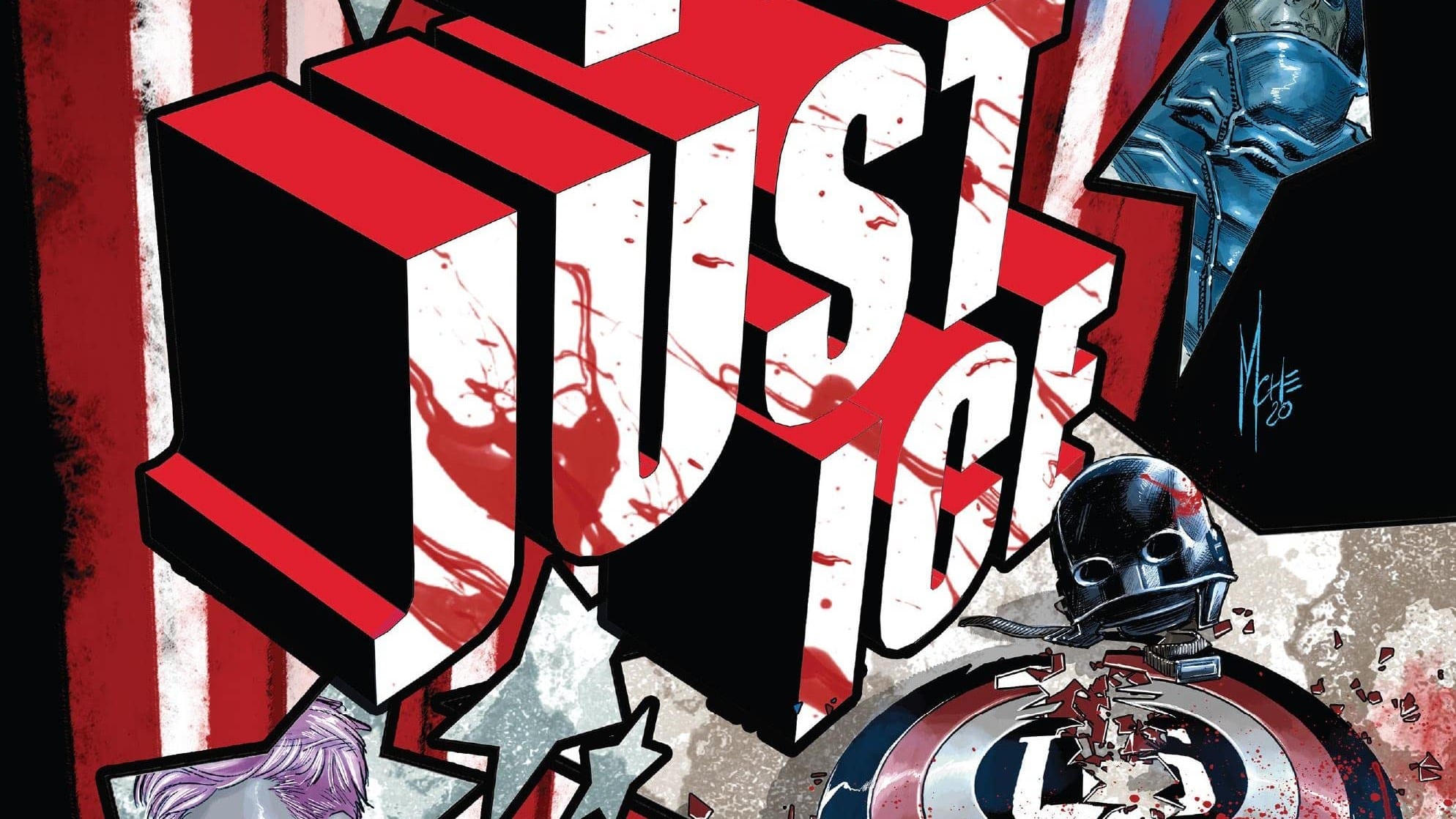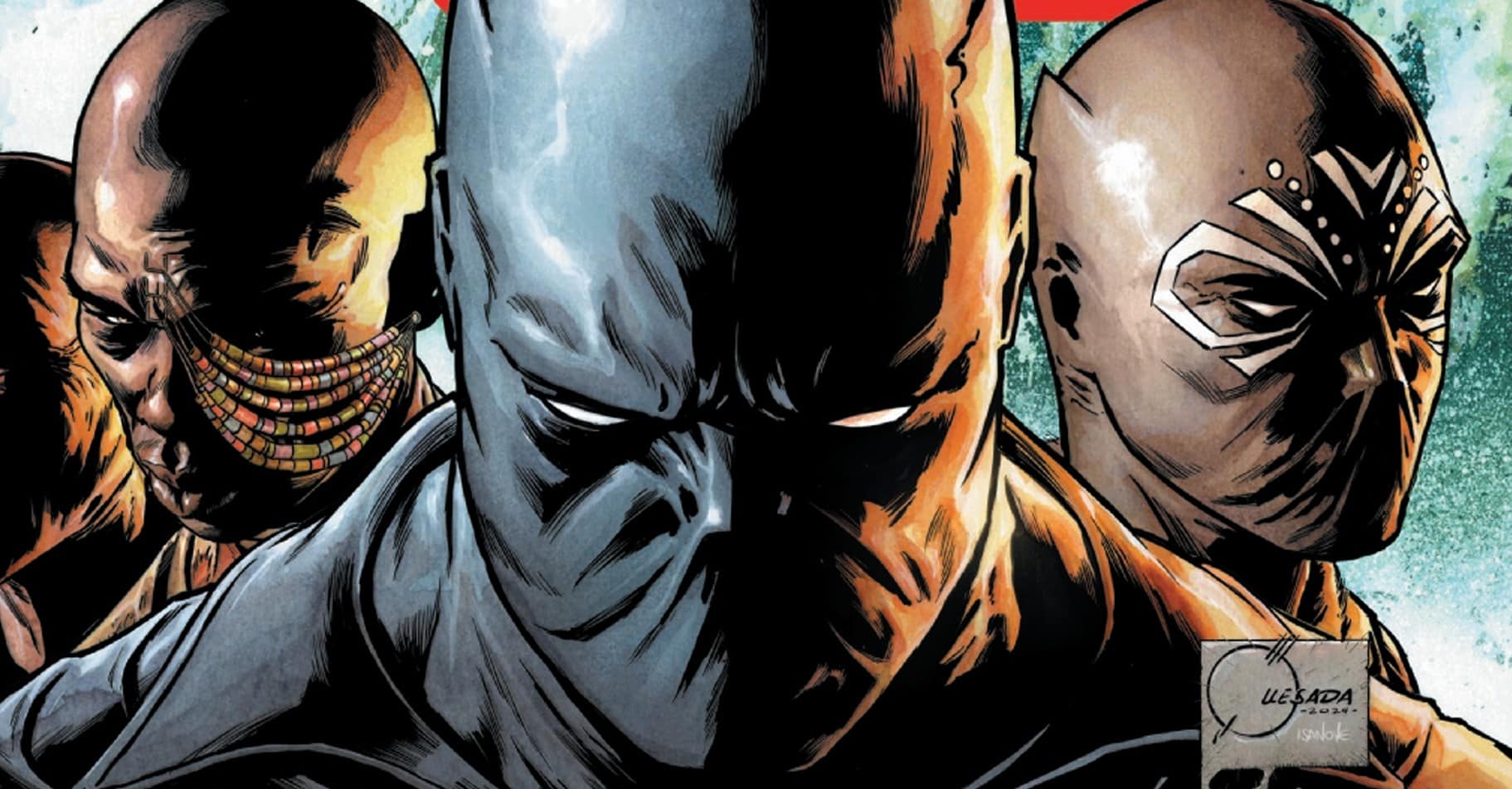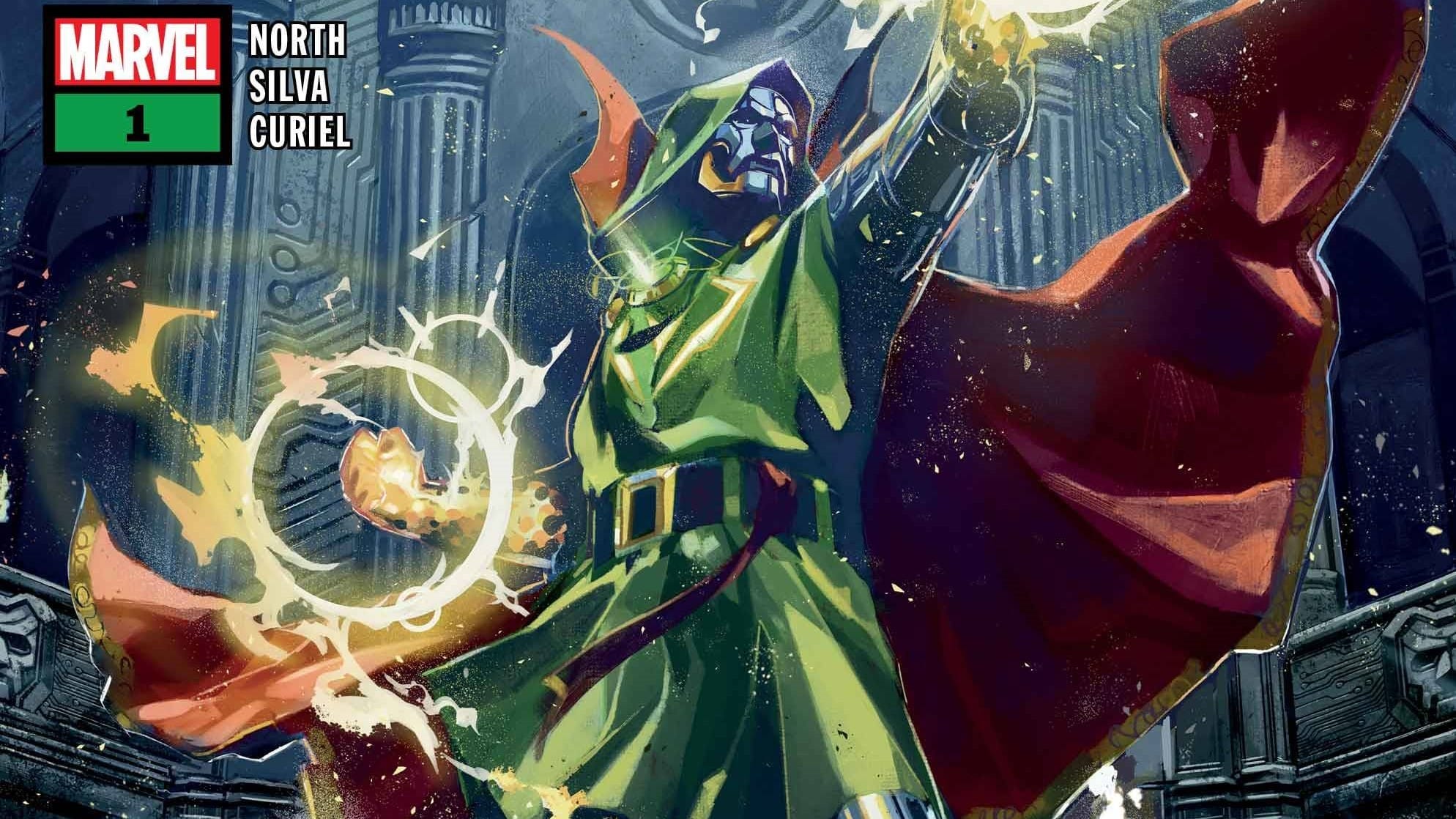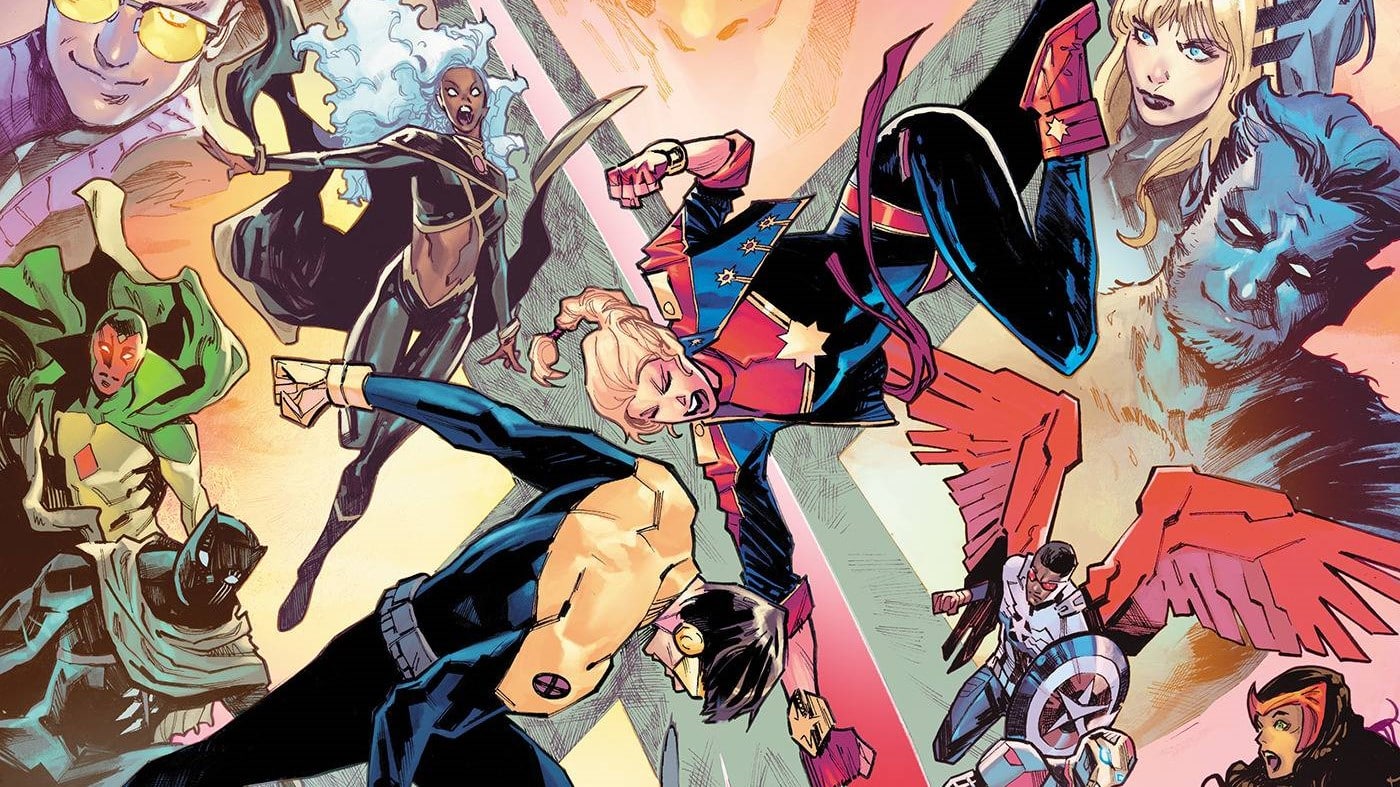John Walker has turned into a loose cannon and the goverment needs him brought in. Priest, Georges Jeanty, Karl Story, Matt Milla and Joe Sabino are up for the challenges in US Agent #3.
John Walker may be many things, but most of us perceive him as just one: a replacement who couldn’t live up to THE Captain America, Steve Rogers. But what happens when Walker himself is replaced? What can a new U.S. Agent bring to the table?
In the third issue of Priest and Georges Jeanty’s take on the character, Walker goes to Washington to confront Valerie Cooper about his sister Kate’s career choices, while Lemar Hoskins, Walker’s former sidekick, is sent to West Virginia to talk some sense into Walker. Meanwhile, a new U.S. Agent is sent to finish what John started.
The plot has finally started gaining some traction instead of consisting of only setup after setup. The themes of the image we present of ourselves and the way others perceive us are well woven into the story — each character has something to add to this discussion, and even the twist is based on the way the book presents Morrie. The new U.S. Agent, April Manning, is concerned with the way he presents himself and the way the Black community is perceived. We see this through a flashback where he gets into a confrontation with two other Black men and scolds them for “allowing children to see Black men so morally broken and defeated.” This also presents itself when Manning and Hoskins get into a fight and April blames Lemar for allowing Walker to take the role of Captain America while he played the secondary role of Bucky, even though Hoskins was the better candidate. This makes the story more interesting and presents us with an interesting discussion on the way we present to others and the way we represent our community.
There are also some scenes that try to challenge the way we perceive Walker, presenting him as a somewhat reasonable guy (when he tries to peacefully disband a protest) and smarter than he looks (when he figures out that his sister has been affected by radiation). These are good attempts at giving Walker some character development, but they don’t quite stick the landing, especially in the case of the protest scene, where John tries to do the right thing but at the end reverts and ends up making things worse. This wouldn’t be bad if throughout the series Walker wasn’t portrayed in a relatively sympathetic light. It’s hard to engage and relate to the character when one moment he is taking the high road and moments later he is just being a jerk.
Another thing that doesn’t quite feel earned is the final twist regarding the new character of Morrie, seeing how the character hasn’t been built enough for us to be fully engaged with the twist that he is the new U.S. Agent “master.”
I also feel there is an issue with the dialogue, which at times clashes with the tone of the comic. An example of this is when Hoskins tells Manning that rather than calling him U.S. Agent he would call him an ambulance. I understand this is a classic superhero one-liner, but when followed by a serious discussion about race and struggle, it just seems out of place.
In regards to the art, Jeanty, Karl Story, Matt Milla and Joe Sabino do a great job with some fantastic action sequences (especially in the Manning vs. Hoskins fight). The layouts give the action a good rhythm, making the fights and disaster scenes easier to read, and the expressions, close-ups and movements really make you feel every punch. In addition, there is a great use of color especially in the contrast between Bucky’s suit and U.S. Agent’s. There are also some great sound effects, which really enhance the action sequences.
All things considered, the third issue of the current U.S. Agent miniseries is a great improvement over the previous two issues, with the story finally going somewhere and some great character moments, and opening some interesting discussions regarding the way we present ourselves. Still, the creative team hasn’t fully captured me with this new take on the character. It feels like at times the comic is trying to paint Walker in a sympathetic light and give him a redemption of sorts, while at other times it just makes him an obnoxious and dislikable character. While introducing some good new characters, this issue fails to give its main character an interesting journey.





